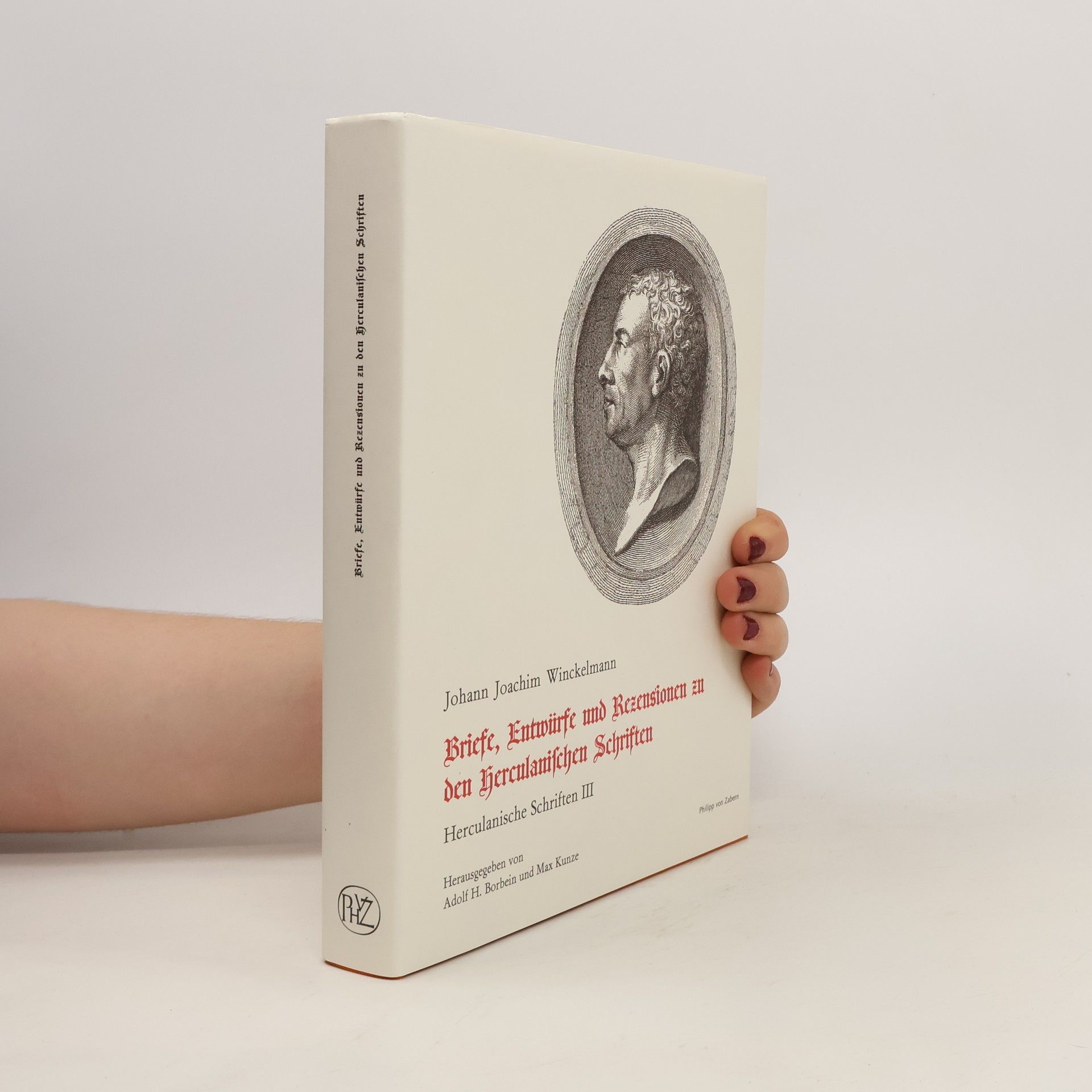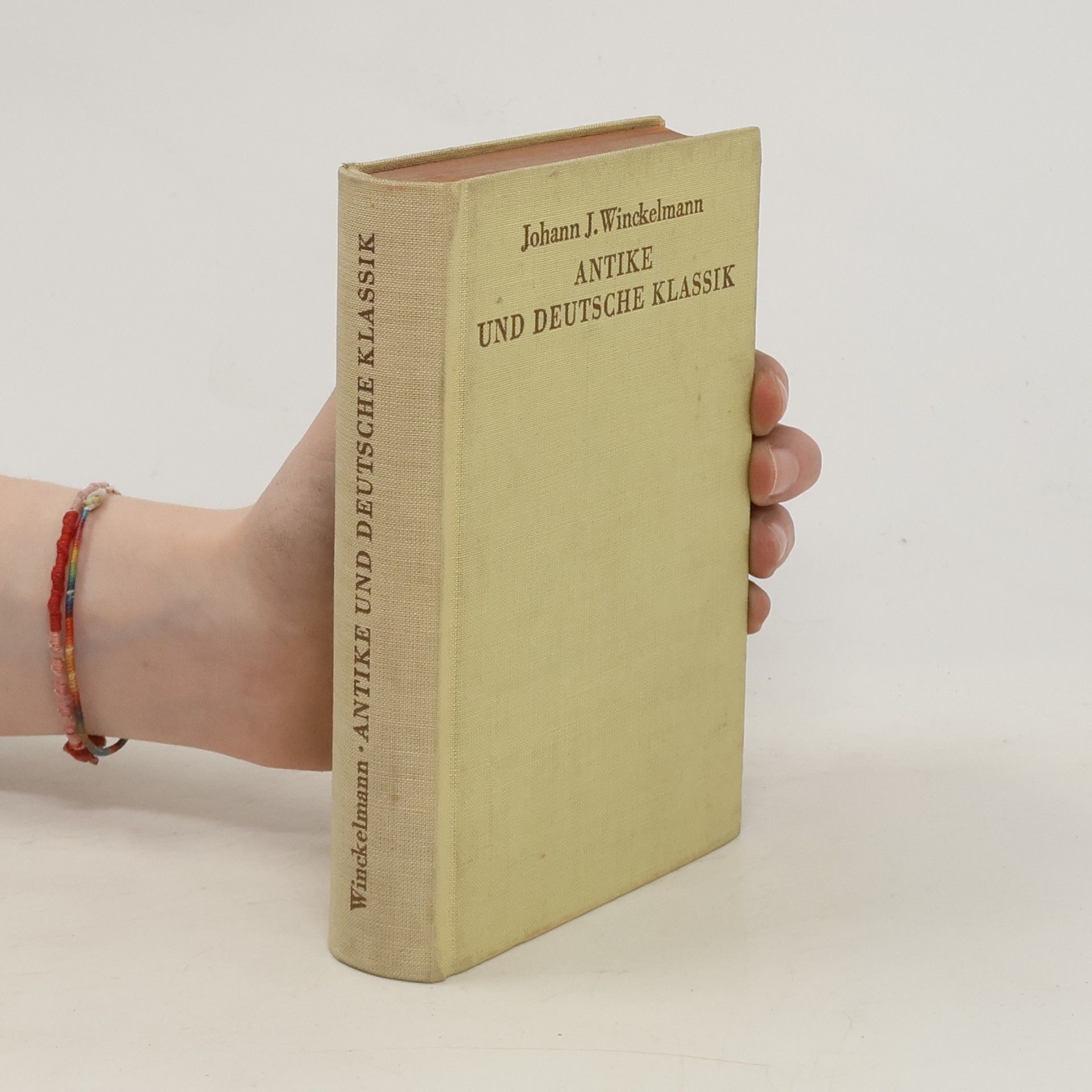Reflections On The Painting and sculpture of The Greeks; With Instructions For the Connoisseur, And An Essay on Grace in Works of Art
in large print
- 208 pages
- 8 hours of reading
This book is a reproduction of an original historical work, published by Megali, a company dedicated to making literature accessible to individuals with impaired vision through large print editions. The focus on readability ensures that a wider audience can enjoy and engage with historical texts.









